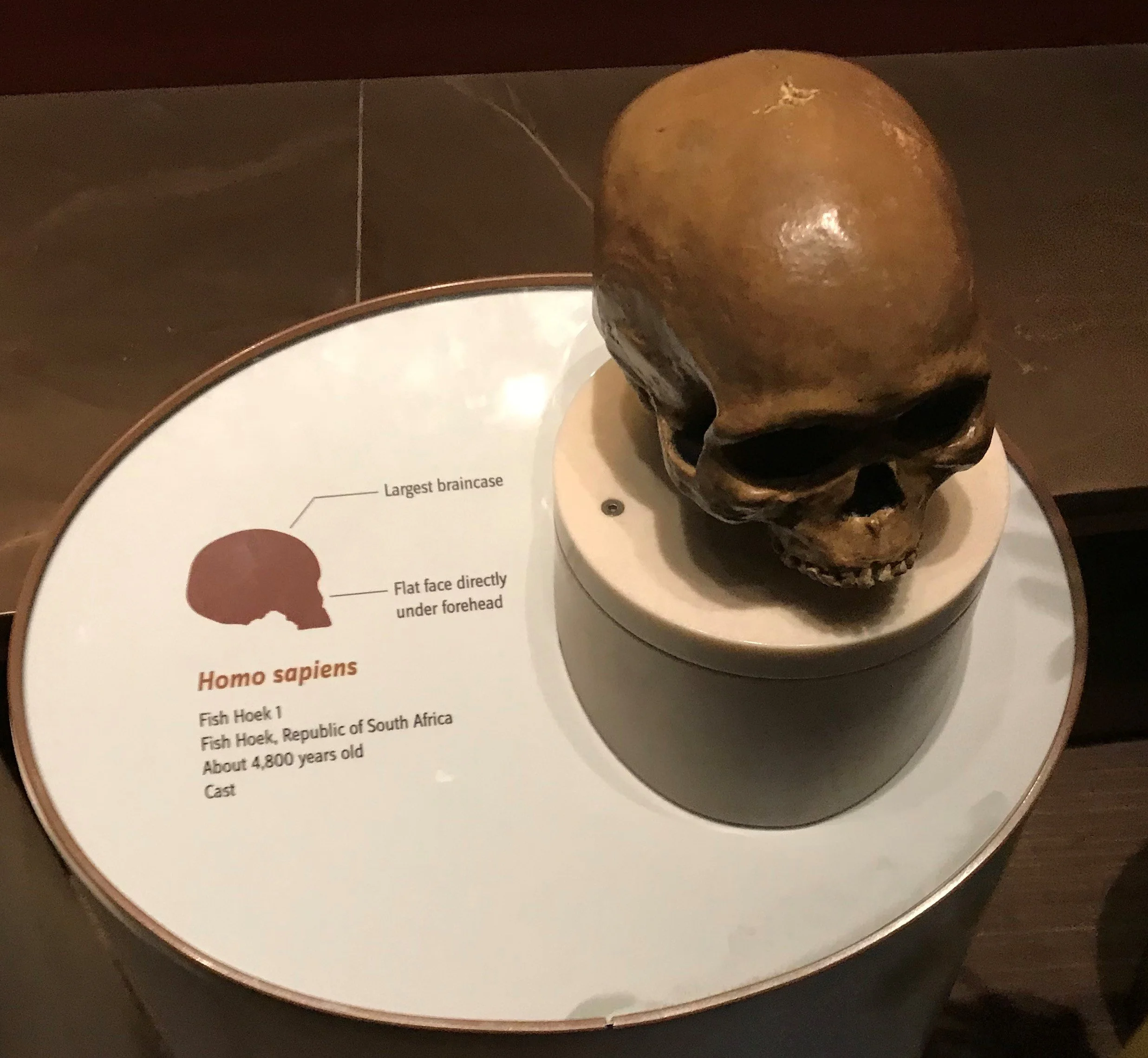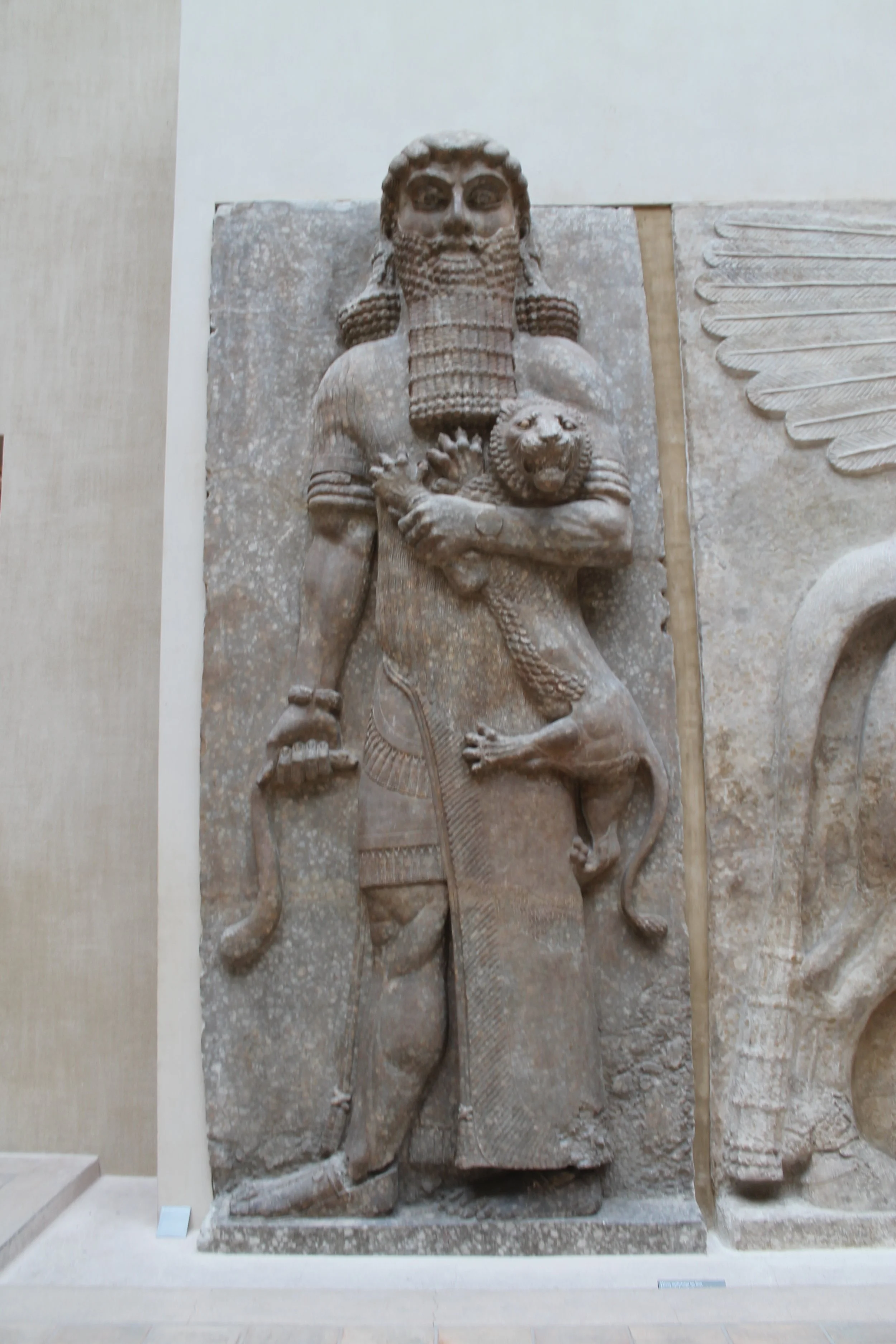Being Human & the Nature of Homo Sapiens
A homo sapien (‘thinking man’) is an extinct species of the genus Homo, which also includes Homo erectus. The genus is believed to have emerged out of Africa from a predecessor species approximately 200,000 to 300,000 years ago. The term Middle Palaeolithic defines the period when Homo sapiens first emerged and the emergence of the full behaviour modernity occurred around 40,000 to 50,000 years ago, in what is known as the Upper Paleolithic. During this period the modern human arose though cognitive and genetic changes.
The behaviour modernity, is a trait that distinguishes current Homo sapiens from other anatomically modern humans, hominins and primates. This is characterised by abstract thinking, planning, exploitation of games, music, dance, art and others. But what does it mean to be a human being?
Anatomically, we have two upper limbs (arms), two lower limbs (legs), hands and fingers, feet and toes, a head and neck, a chest, an intestine and stomach, a spinal cord, certain organs for physical function such as heart, lung, kidneys, liver and more. But clearly this does not define a human being, although it does appear to define our shared genus of hominins.
Our interaction with the physical world around us is provided by our senses. This includes our touch, taste, smell, hearing and vision. All of our connections to the physical world are enabled by these senses, transmitting information down specialised neurons in the skin. Any changes in pressure, temperature, vibration or pain and other sensations are all attributed to the different receptors in the skin, and ultimately this change is communicated to the brain which then measures that change against a model of the world that it has built based on experience.
But what if we were to remove the human body, and just place the human brain in a jar. If sensors were connected to the key parts of the brain so that you could still experience those key senses of touch, taste, sound, hearing and vision, but through computational input that is say on a random number generator to ensure variety of experience, would you know the difference? Would you still feel like you were a human being if those sensory inputs matched exactly your model of the real world? Would you know when you were not?
It would seem that your physical anatomy does not really define who you are. Then if we consider the future possibilities for the evolution of homo sapiens in different environments. Like if we adapt to living more permanently in water or as we explore space and settle other planets with different atmospheres, radiation levels, gravity. Indeed, in a micro-gravity environment where people just float around, what use is there for legs? Would it be more sensible if those legs evolved to become a second set of arms?
Then what defines being human? Is it our cognitive abilities? Is it our artistic and scientific output? Is it our ethics and morals about what is good and bad, right and wrong? Is it in how we treat others and other life-forms? With the advances in medical sciences, it seems that in the future our very anatomical definitions for what is a human being will be difficult to define. With the continued convergence of biology with technology (artificial intelligence) our cognitive and abstract abilities are surely to receive an exponential enhancement from the existing capacity.
As we continue to explore the new domains of exploration and discovery, it is important to move forward with an understanding for what is important to us. What is it that we would like to preserve, and what other things do we not mind if they undergo change? Are we okay if we continue to evolve (naturally or artificially) into something else that is definitely not what we would recognise as human today? Since we are still exploring our ancestral genus and those of other hominins, and we do not yet have a complete picture for how each is related, it is also important that we keep an eye on where we are going and what we will become. Preserving our human nature, may be the biggest challenge that still awaits us, in the climate of a dynamic and evolving universe.
This article was originally posted on a previous web site for the asterism project on 15th Jul 2020 and it has been copied here since that site was closed down.







